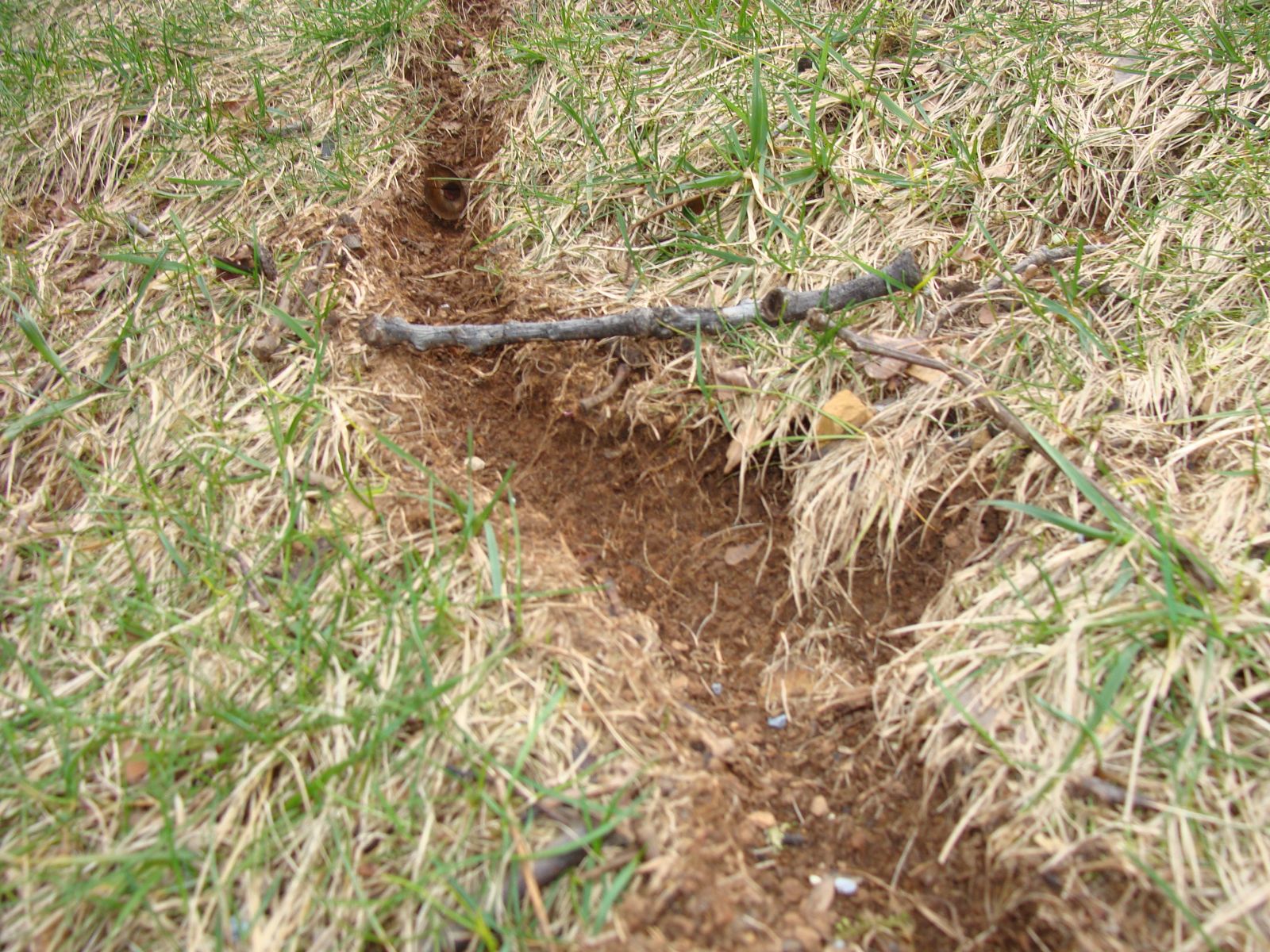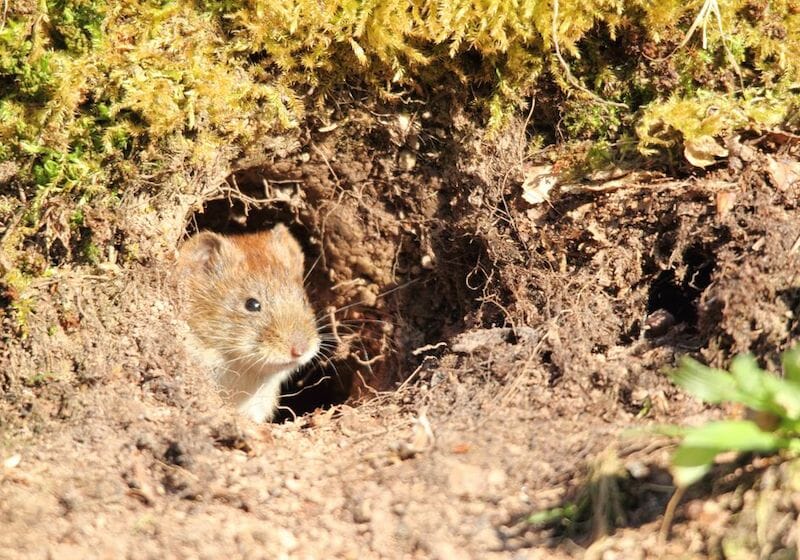Taking Care Of Vole Damage: Effective Control Strategies
Taking Care Of Vole Damage: Effective Control Strategies
Blog Article
Mastering Vole Bug Control: Extensive Insights on Problem Avoidance and Therapy Methods
By recognizing the refined indications of vole problem early on, we can take proactive measures to protect against prevalent damage. In this conversation, we will certainly check out the nuances of vole habits, dig right into the recognition of problem indicators, and discover the most effective avoidance and treatment methods.
Recognizing Vole Actions
Examining the foraging patterns of voles uses beneficial insights into their actions and habitat preferences. Voles, tiny rats resembling computer mice, are herbivores understood for their underground tunneling activities. By observing their foraging actions, researchers can get a better understanding of where voles prefer to develop their environments and the extent of their ecological influence. Voles are respected dog breeders, with a single female qualified of creating several litters in a year, making it important to understand their actions for efficient insect control strategies.
Study indicates that voles show selective feeding practices, favoring seeds, origins, and roots. This nutritional preference affects their foraging patterns, leading them to areas abundant in vegetation and ground cover. Furthermore, voles are known to create intricate passage systems for foraging and nesting objectives, suggesting a high degree of adaptability to their environments.
Understanding vole actions is essential for executing targeted pest control procedures that disrupt their habitat preferences and foraging tasks (vole lawn damage). By researching their habits, professionals can establish extra reliable prevention and therapy strategies to take care of vole problems

Identifying Indications of Vole Problem
Vole infestations can be found by acknowledging particular indicators of their existence in an area. One of the most typical signs of a vole infestation is the visibility of surface paths.
Another vital sign of vole problem is the existence of small burrow openings in the ground. Voles dig superficial burrow systems with numerous entries and exits. These burrows work as shelter and nesting sites for the voles. Additionally, voles are known to leave behind chewed plant stems, origins, and bulbs near their burrow openings, suggesting their feeding task in the location.
Furthermore, vole droppings can also represent their existence. Vole droppings are tiny, brown, and round fit, resembling grains of rice. Locating these droppings along paths or near burrow openings can verify a vole problem. By being alert for these indications, home owners can immediately deal with vole infestations and avoid additional damage.
Executing Positive Avoidance Steps

In addition, utilizing all-natural vole deterrents like castor oil-based repellents or killer urine can function as reliable preventive steps. It is additionally recommended to routinely check exterior spaces for any type of indications of vole activity, such as runways or burrow openings, to deal with potential problems without delay. vole lawn damage. By embracing these positive prevention strategies, residential or commercial property proprietors can dramatically lower the click for source possibility of vole damages and preserve the wellness and aesthetic appeals of their landscapes
Effective Therapy Strategies
Incorporating targeted trapping methods and utilizing authorized rodenticides are important elements of reliable treatment approaches for taking care of vole invasions. Capturing can be an effective method to decrease vole populations, especially when placed tactically in their active runways. Break traps and live catches can both be reliable, with the last permitting the capture and moving of voles. When using rodenticides, it is important to follow safety standards to stop harm to non-target animals and animals. Area rodenticides in protected bait terminals to reduce risks to unexpected targets. Furthermore, habitat adjustment, such as reducing ground cover and eliminating sources of food, can help deter voles from infesting an area. Normal tracking and maintenance are additionally key aspects of successful therapy approaches to make sure that vole populations are kept under control. By combining trapping, rodenticides, habitat modification, and regular surveillance, efficient vole bug control can be achieved.
Tracking and Upkeep Tips
Preserving a methodical schedule for surveillance and carrying out regular upkeep activities is essential to maintain the performance of vole parasite control procedures. Normal tracking enables the very early discovery of vole activity, enabling timely intervention before infestations aggravate. To successfully check vole populations, tactically positioned catches can be used in vole paths or near burrow entries. By on a regular basis examining these catches, building owners can evaluate the degree of vole activity and change control approaches accordingly.
In addition, maintaining a tidy and clean landscape is important in vole prevention. Clearing up away debris, such as stacks of timber or dense plant life, gets rid of potential vole environments. Routinely mowing grass and cutting plant life helps in reducing vole hiding places and decreases their access to check my site food sources.
In addition, continuous maintenance of physical obstacles, such as fencings or wire mesh, is important to stop vole invasion. Checking and repairing any kind of problems to these structures ensures that vole control stays reliable in guarding residential or commercial properties from problems. By integrating these surveillance and maintenance methods into Learn More a thorough vole parasite control plan, people can efficiently handle vole populaces and shield their buildings from damage.
Conclusion
In conclusion, mastering vole parasite control requires a strong understanding of vole habits, the capability to determine signs of infestation, carrying out proactive avoidance actions, efficient treatment strategies, and constant tracking and maintenance. By taking a thorough strategy to vole control, individuals can properly take care of and avoid problems, ultimately shielding their residential or commercial property and bordering environment from damages caused by these little rats.
In this discussion, we will check out the nuances of vole habits, delve into the identification of invasion indicators, and uncover the most reliable prevention and therapy methods.Integrating targeted capturing approaches and making use of authorized rodenticides are crucial components of reliable treatment strategies for handling vole problems. To successfully monitor vole populaces, strategically placed traps can be made use of in vole paths or near burrow entries. Checking and repairing any type of problems to these frameworks guarantees that vole control remains efficient in protecting buildings from infestations. By incorporating these surveillance and upkeep methods right into a comprehensive vole insect control plan, individuals can properly take care of vole populaces and shield their properties from damages.
Report this page